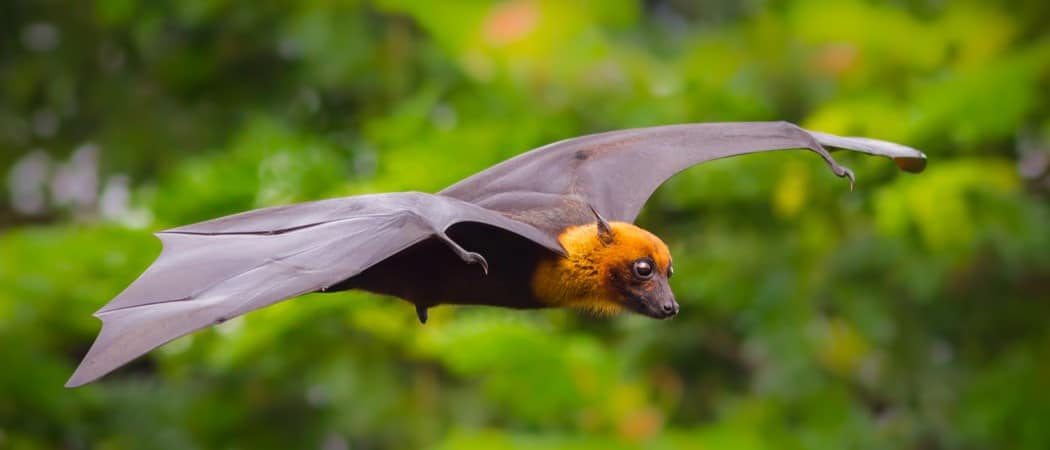
When the sun sets and the world quiets down, a surprising group of winged mammals takes to the skies—fruit bats! Also known as megabats or flying foxes, these fascinating creatures are more than just nocturnal curiosities. They play a vital role in pollination and seed dispersal, helping forests thrive and ecosystems stay balanced.
Let’s meet the fruit bat and explore what makes these creatures so important—and endearing.
What Is a Fruit Bat?
Fruit bats belong to the family Pteropodidae, which includes over 180 species found throughout Africa, Asia, Australia, and many Pacific islands. Unlike their smaller insect-eating cousins, fruit bats are usually large, with wingspans that can reach up to 5.6 feet (1.7 meters) in some species like the giant golden-crowned flying fox!
They get their name from their diet: a love of fruits, nectar, and flowers. Using a keen sense of smell and excellent vision (yes—fruit bats don’t use echolocation like other bats!), they seek out ripe fruit under the cover of darkness.
What Do Fruit Bats Look Like?
With their large eyes, long snouts, and fuzzy faces, many fruit bats look uncannily like puppies with wings—earning them the nickname flying foxes. Their fur is usually brown, black, or grey, sometimes with golden or reddish hues around the neck and shoulders.
Fruit bats vary greatly in size:
- Smallest: The long-tongued fruit bat weighs about 0.5 ounces.
- Largest: The giant golden-crowned flying fox can weigh over 2.5 pounds!
How Fruit Bats Help the Planet
Fruit bats are often called keystone species—organisms that have a disproportionately large impact on their environments. Here’s how they help:
- Pollination: As they feed on nectar, fruit bats pollinate flowers—especially large, night-blooming plants that depend on them.
- Seed Dispersal: After munching on fruit, they fly long distances and scatter seeds in their droppings, helping regenerate forests.
Without fruit bats, many tropical and subtropical forests would struggle to recover after storms, deforestation, or natural disturbances.
Do Fruit Bats Carry Diseases?
Like any wild animal, fruit bats can carry viruses, and some species have been linked to zoonotic diseases. However, the vast majority of fruit bats are not dangerous to humans—especially when left undisturbed in their natural habitats. In fact, habitat destruction and human encroachment are what increase the risk of disease spillover, not the bats themselves.
Where Do Fruit Bats Live?
Fruit bats live in warm, tropical and subtropical regions across Africa, Asia, Australia, and many Pacific Islands. You’ll find them in:
- Rainforests
- Mangroves and coastal forests
- Savannas and woodlands
- Urban parks and gardens (in some cities!)
Some species roost high in tree canopies, while others gather in massive colonies on cliffs or caves. They often choose spots near fruit trees or flowering plants so they don’t have to travel far to forage at night. Their range is broad, but they need healthy forests—which is why protecting their habitats is so important.
Are Fruit Bats Endangered?
Unfortunately, many species of fruit bats are under threat due to:
- Deforestation
- Hunting
- Habitat loss
- Persecution due to misinformation
Species like the Mauritian flying fox and the Samoan flying fox are listed as endangered. Conservation efforts—including habitat protection, legal protections, and public education—are crucial for their survival.
Fun Fruit Bat Facts
- Fruit bats are social animals and often roost in large colonies of hundreds or even thousands!
- Some species can fly over 40 miles in a single night searching for food.
- They wrap themselves in their wings like cloaks when resting—a cozy way to conserve body heat.
In Conclusion: The Gentle Gardeners of the Night
Fruit bats may not get as much attention as bees or birds, but their role in pollinating flowers and spreading seeds is just as important. These gentle, misunderstood creatures are vital to the health of our ecosystems—and they deserve a little love and respect.
So the next time you enjoy a mango, banana, or fig, remember: you might just have a fruit bat to thank.
Curious about other unsung wildlife heroes? Keep exploring for more fascinating animal features!
More photos below ↓





























Disclaimer: This blog post is for edutainment purposes only and may not be entirely accurate.






